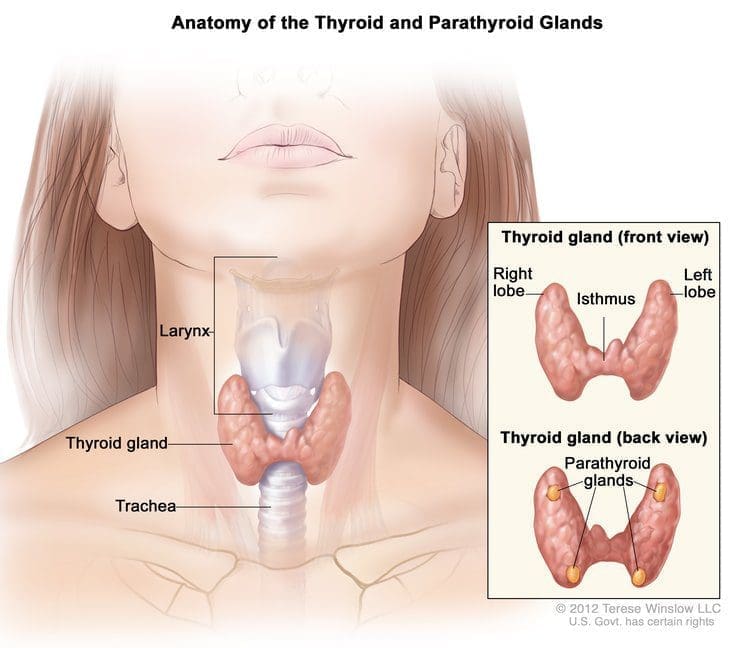
Watch for the Subtle Signs of a Thyroid Disorder
Located in the front of your neck, the thyroid is a butterfly-shaped gland that produces vital hormones to help set the pace for various bodily functions, including metabolism, heart rate and body temperature. If the thyroid creates too many hormones (hyperthyroidism) or too few (hypothyroidism), the body’s systems are thrown off balance. When thyroid function goes awry, you may miss the subtle symptoms.
As Artesia General Hospital endocrinologist Robert T. Ferraro, MD, CDE explains, “Thyroid disease symptoms are very common and non-specific. The only way to know if your thyroid levels are normal is to get a blood test. The Endocrine Society recommends getting the TSH test as the primary screening test for thyroid disease.”
A SLUGGISH THYROID
An under-active thyroid fails to produce enough hormones, which is known as hypothyroidism. The condition affects up to millions of Americans, most of them women, and generally occurs between ages 35 and 60. It tends to run in families.
Early symptoms include fatigue, forgetfulness, weight gain and feeling cold all the time. These symptoms can develop so slowly that about half of the people who experience them simply accept them as normal signs of aging, menopause or stress. However, as time goes on, other symptoms—such as depression, difficulty concentrating, droopy eyelids, dry skin, high cholesterol and puffy face—may occur.
Hypothyroidism is diagnosed based on a blood test and presentation of the above symptoms. Treatment is lifelong and involves taking a daily hormone pill. It’s important to find the right dose, because too little won’t help, and too much can increase the risk of bone loss and heart disease. The body’s need for thyroid hormones can vary over time, so we ensure proper dosage through periodic blood tests.
A “HYPER” THYROID
Sometimes an overactive thyroid is the problem, which is known as hyperthyroidism. While not as common as an underactive thyroid, it also affects more women than men, usually between ages 30 and 50. The most common form of hyperthyroidism is Graves’ disease, which causes diarrhea, nervousness, rapid heartbeat, shaky hands and weight loss. In some cases, eye problems develop—which range from minor irritation to bulging eyes.
Left untreated, hyperthyroidism can lead to bone loss, heart problems and muscle weakness. Diagnosis is based on a blood test and presentation of the above symptoms. The most commonly recommended treatment for hyperthyroidism is radioactive iodine therapy. This is a pill that shrinks the thyroid, thus reducing hormone levels. Alternative treatments include drugs that block hormone production or surgical removal of a part of the thyroid.
Even after hyperthyroidism is treated, hormone levels must be monitored to ensure that the thyroid is continuing to produce the right amount.
THE FIRST STEP
Recognizing early symptoms is the first step toward preventing the health problems that thyroid disease can cause. If you are experiencing symptoms of hypo- or hyper- thyroidism, Robert T. Ferraro, MD, CDE offers convenient testing and treatment options. Request an appointment online or contact the Endocrinology Clinic to schedule your appointment in Artesia or Carlsbad (575.736.8440).
